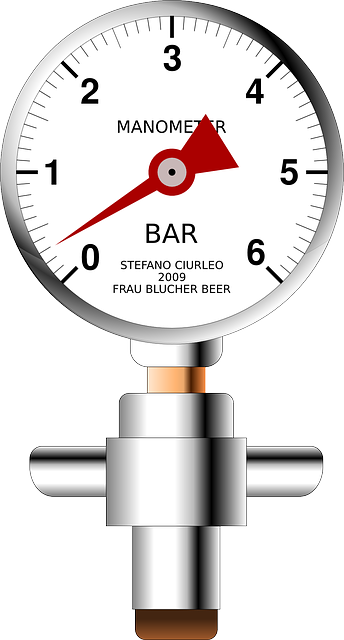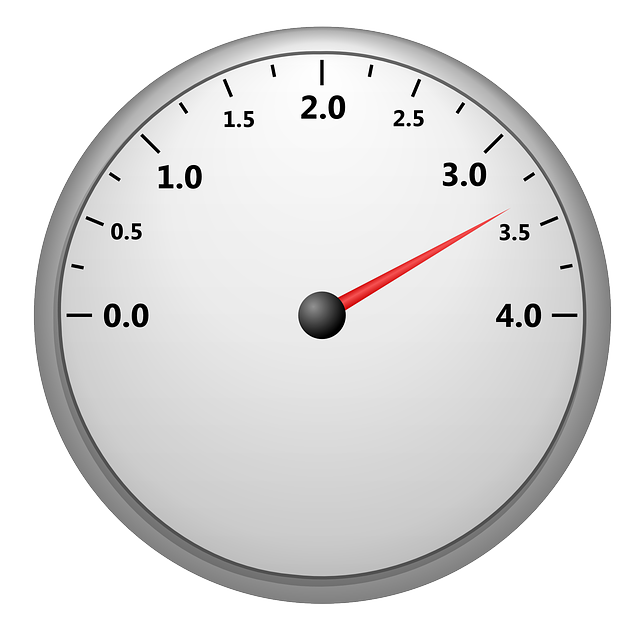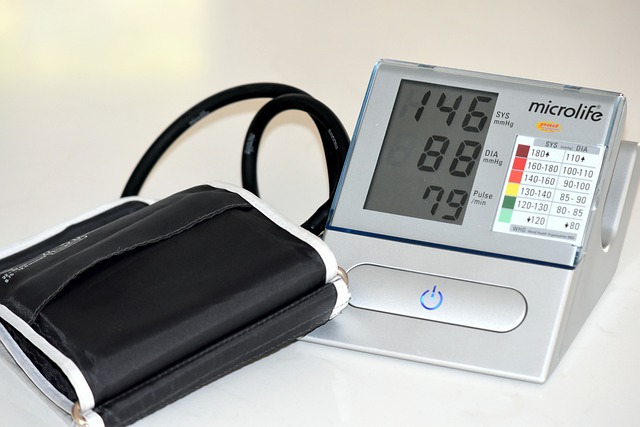Water softeners can be effective in treating low water pressure caused by mineral buildup but may fail due to improper installation or maintenance. Symptoms include reduced flow rates and decreased pressure during high-demand activities. Potential causes range from plumbing issues to problems with the water source or local pressure valves. Regularly check control valves, timers, filters, salt levels, and pipes for leaks or blockages to ensure optimal performance of water softeners and maintain adequate water pressure.
Is your shower flow slower than it once was? Are you experiencing reduced water pressure throughout your home? It could be your water softener. While these systems are designed to improve water quality, they can also cause low pressure due to mineral buildup or inefficient operation. This article breaks down the causes of low water pressure and provides a step-by-step guide to recognizing and troubleshooting issues with your water softener, ensuring optimal performance and pressure in your home.
- Understanding Water Softeners and Their Functionality
- Recognizing the Signs of Low Water Pressure
- Troubleshooting and Maintaining Your Water Softener System
Understanding Water Softeners and Their Functionality

Water softeners are designed to remove minerals, particularly calcium and magnesium, that can cause hard water. Hard water is a common issue in many areas, leading to various problems like reduced water pressure. When hard water passes through pipes, these minerals can accumulate, narrowing the space for water flow. This buildup is one of the primary causes of low water pressure.
Understanding how your water softener works is key to identifying potential issues. Most systems use either salt or potassium to soften the water. The process involves replacing the minerals with these chemicals, which are then flushed out periodically. If you notice a significant drop in water pressure after installing a water softener, it might indicate that the system isn’t operating efficiently. This could be due to improper installation, a need for more frequent regenerating (backwashing), or issues with the filters.
Recognizing the Signs of Low Water Pressure

Low water pressure can often go unnoticed until it becomes a significant issue. However, there are several signs that indicate your water pressure is lower than it should be. One of the most noticeable symptoms is reduced flow rate when using fixtures like faucets or showers. You might find that it takes longer to fill a bucket or that water comes out in a weak stream. Another common sign is a decrease in water pressure during specific activities, such as running multiple taps at once or using high-flow appliances like dishwashers or washing machines.
The causes of low water pressure can vary. It could be due to issues within your plumbing system, such as clogged pipes, corroded valves, or leaks. In some cases, the problem might lie with your water source, including reduced water supply from the main line or a pressure-reducing valve installed by the local water authority. Understanding these potential causes is essential for accurately diagnosing and addressing the issue effectively.
Troubleshooting and Maintaining Your Water Softener System

If your water softener isn’t performing optimally, it could be one of several causes of low water pressure. First, check if the system is properly regenerating. A water softener’s regeneration cycle replaces old, hard water with softened water by backwashing or recharging the media. If this process is disrupted, it can lead to reduced pressure. Inspect the control valve and timer settings to ensure they’re functioning correctly.
Regular maintenance is crucial for optimal performance. Clean or replace filters as recommended by the manufacturer. Monitor salt levels, especially in hard water areas, as low levels can hinder the softening process. Additionally, check for leaks or blockages in pipes connected to the softener. Addressing these issues promptly will help maintain adequate water pressure and ensure your water softener operates efficiently.
If your water softener isn’t delivering the desired results, it could be a contributing factor to low water pressure. By understanding how these systems work and recognizing common issues, you can effectively troubleshoot and maintain your water softener to ensure optimal performance. Regular maintenance and addressing any signs of trouble promptly will help keep your water pressure strong and consistent, providing you with the clear, clean water you expect without compromise.
